Cutting furniture legs might sound extreme, but it can actually be a great way to customise or repurpose your furniture. You can shorten a table to create a coffee table, adjust chair legs for a more ergonomic fit, or finally level the wobbly stool that’s been driving you crazy.
In terms of how to cut furniture legs, the process requires a lot of careful planning and precision. If you use the wrong technique, or you don’t get your measurements right, you might end up with uneven cuts, instability, or even furniture you can no longer use.
Sure, you can cut furniture legs, but you can’t easily make them longer or correct any mistakes you make. We’ll show you how to cut down furniture legs in this guide, but if you don’t 100% trust your DIY skills, you might be better off investing in new legs instead of hacking away at your old ones.
Here at The Hairpin Leg Co., you’ll find the best furniture legs, with designs to suit any space and style. Our premium legs are manufactured from top-quality materials, giving you unmatched durability without compromising on design. Find your legs today - we have free delivery on UK orders over £50!
Why Would You Need to Cut Furniture Legs?
Why would anyone need to learn how to cut furniture legs? Maybe you’re unhappy with your coffee table leg length, or you’re trying to figure out how to fix wobbly dining table legs. There are many reasons for cutting furniture legs - here are some of the most common ones.
Adjusting Height for Functionality
One of the main reasons for learning how to cut down furniture legs is to adjust the height of a piece for better functionality. For example, you might adjust chair legs for a child-friendly seating option. This is great for repurposing old furniture, or just making your existing furniture more functional.
Levelling Uneven Furniture
Furniture with uneven legs can lead to wobbling, which is inconvenient and potentially unsafe. Cutting the legs to even lengths can restore stability and prevent further damage to the furniture or your floors. This is especially important for handmade pieces that may not have been crafted with precise measurements.
Customising Furniture
Cutting furniture legs is a great way to customise a piece and give it a fresh look. For instance, lowering a dresser or bedside table can make it more visually appealing in a modern, low-profile design scheme. If you’re upcycling or customising, you can also learn how to paint furniture legs for a new look.
Determining if Cutting Down Legs is a Viable Option
Before you start cutting furniture legs, you first need to figure out if it’s even an option - it’s not suitable for all types of furniture legs. Think about the material and design of your furniture, as some pieces may lose structural integrity or aesthetic appeal from cutting their legs.
Also, if you’re cutting furniture legs because you’re dealing with a wobbly table or chair, adding risers or pads under the shorter legs could be a simpler solution than cutting the longer legs.
How to Cut Furniture Legs: Step-by-Step Guide
If you decide that cutting furniture legs is the way to go, there are a few things you need to do before reaching for the saw. Let’s take a look at how to cut furniture legs without ending up with a DIY disaster.
Step 1: Gather Your Tools
First of all, make sure you have everything you need. Depending on the material of the furniture legs, you may require:
- A measuring tape and ruler
- A pencil or marker
- A handsaw, circular saw, or mitre saw (for wood legs)
- A hacksaw (if learning how to cut metal furniture legs)
- Sandpaper or a sanding block
- Clamps to secure the furniture
- A level to check your work
Step 2: Measure (Twice) and Mark
Accurate measurements are essential when you’re learning how to cut furniture legs. Use a measuring tape to determine how much height needs to be removed from each leg and mark the cut line on each leg with a pencil or marker.
If the legs are tapered, measure from the same reference point on each leg to ensure uniformity. Double-check all measurements to avoid cutting too much or unevenly.
Step 3: Prepare the Workspace
Choose a flat, uncluttered, stable surface to work on and make sure you have good lighting. Use clamps to secure the furniture (or its legs if you’ve removed them) to prevent shifting during the cutting process. Wear safety glasses and gloves to protect yourself while cutting.
Step 4: Best Practices for Cutting the Legs
Cutting requires precision and patience. Align your saw with the marked line and begin cutting slowly to ensure accuracy. If you’re using a power saw, let the blade do the work without forcing it through the leg.
For tapered or angled legs, follow the natural angle to maintain the furniture's original aesthetic. Check your progress frequently to stay on track with the marked line.
Step 5: Smooth the Edges
Once the legs are cut, it’s important to smooth the edges to remove debris and protect your floors from any sharp pieces. Use sandpaper or a sanding block to eliminate any roughness or splinters on wooden legs.
If you’re learning how to cut metal furniture legs, use a metal file or sandpaper to remove sharp edges. Make sure that the surface is even and ready for reattachment or finishing touches, such as paint or stain.
Step 6: Reattach and Check for Stability
After cutting and smoothing the legs, reattach the legs to the furniture, ensuring they are securely fastened. You can find tips on the best way to connect table legs and how to install furniture legs in our guides. Place the furniture on a level surface to check for stability, and make any final adjustments if the piece wobbles or sits unevenly.
Common Challenges in Cutting Furniture Legs
Even if you plan everything as carefully as possible, you can still run into problems when learning how to cut furniture legs. One of the most common issues is uneven cuts - this can happen if your measurements are off or the saw isn’t steady. Always measure and use a guide, like a mitre box, for straight cuts.
Splintering or cracking can also derail your DIY furniture leg project - you can prevent this by using sharp tools and cutting slowly, especially with hardwood. One of the hardest things is matching cuts on tapered or angled legs. Use a protractor or angle finder to replicate the original angle as accurately as possible.
Don’t Bother Cutting Table Legs, Upgrade to the Proper Size at The Hairpin Leg Co.!
If you’re making DIY dining table legs, cutting them to adjust the length is a relatively low-stakes project. On the other hand, if you’re dealing with an expensive or antique piece of furniture, cutting the legs yourself can be risky - there’s a lot that could go wrong, and it’s best not to attempt unless you have 100% faith in your ability.
If you’d rather not take the risk, why not treat yourself to brand-new furniture legs, in the length and style you’ve been picturing? Wondering where to buy wooden furniture legs or the best metal table legs for your project? Here at The Hairpin Leg Co., we have the ultimate selection of furniture legs. Browse our:
- Wooden furniture legs
- Metal furniture legs
- Hairpin legs
- Table legs
- Desk legs
- Cabinet legs
- Bar stool legs
- Sofa legs
- Bed legs
You’re bound to find something you love! And, not only do we have the best table leg design, but we also have a knowledgeable team of experts who are always ready to provide tips, advice, and insights for your next project.
Our furniture legs are made for makers, and while we may cut premium oak or sturdy steel to manufacture them, we certainly don’t cut any corners. You’ll find nothing but the best quality furniture legs, built to last and available in a huge selection of modern and traditional styles.
Parting Thoughts on How to Cut Down Furniture Legs
So, now you know how to cut metal furniture legs and wooden furniture legs. Yes, you can cut furniture legs to adjust the height, level uneven pieces, or add a personal touch to your décor, but it also comes with a risk - you might crack or splinter your legs, or end up with uneven cuts.
If you don’t trust your DIY skills, or you’re working with expensive furniture, cutting furniture legs might not be the best option. Instead, why not upgrade to premium, pre-made furniture legs from The Hairpin Leg Co.?
We have a huge selection of furniture legs, including the best dining table legs, in styles and lengths to suit all design aesthetics. With The Hairpin Leg Co., you can achieve the perfect furniture height effortlessly while adding a touch of style to your space.
Explore our collection today and transform your furniture without lifting a saw!


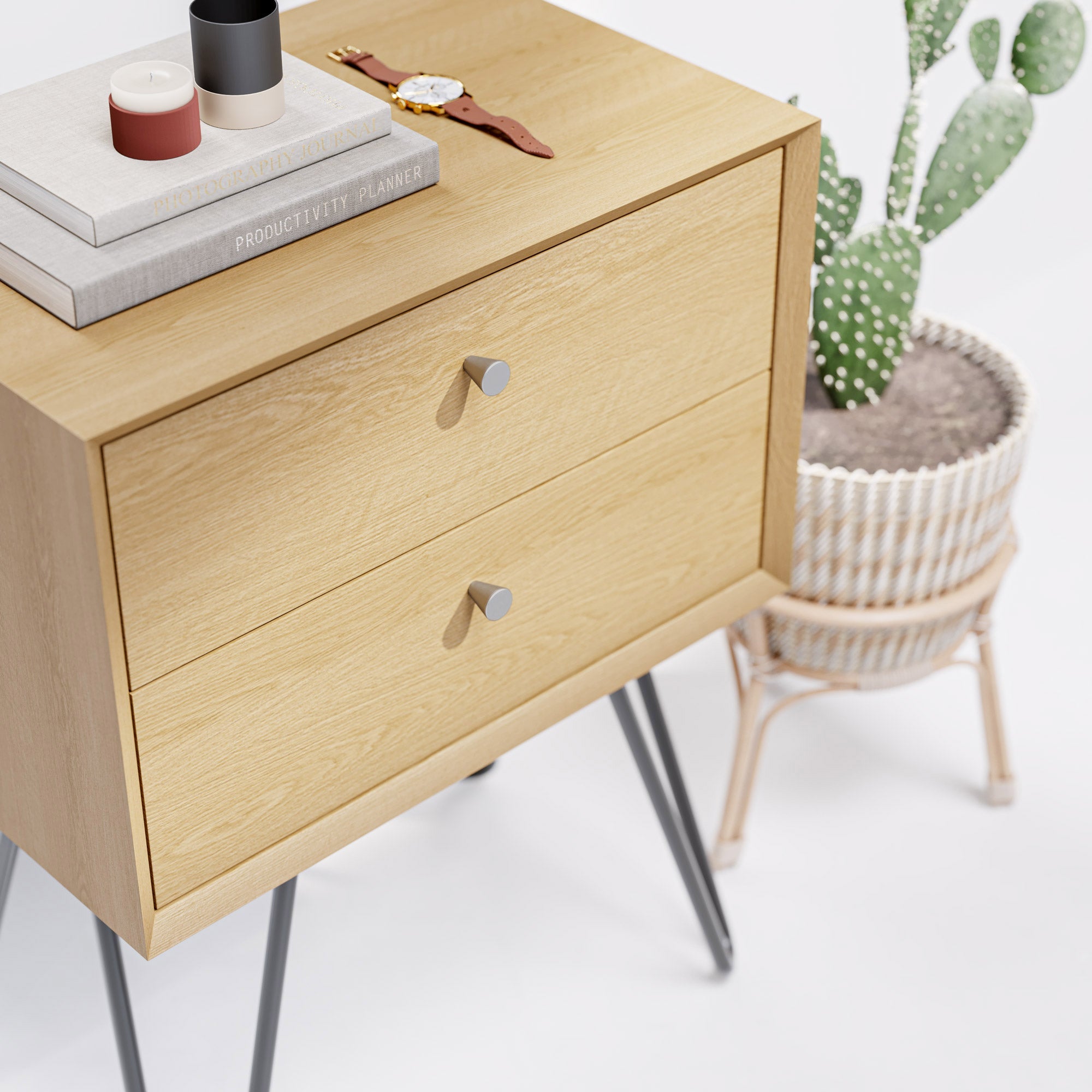

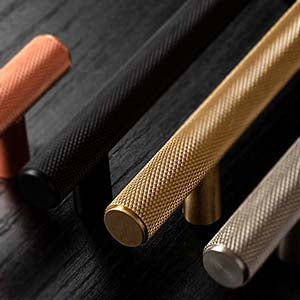
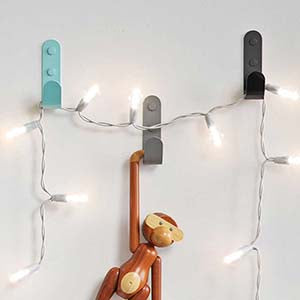
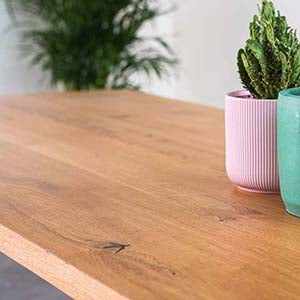
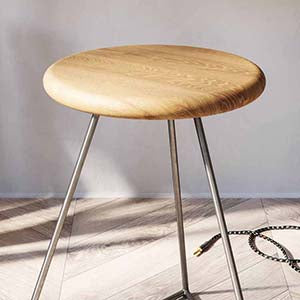
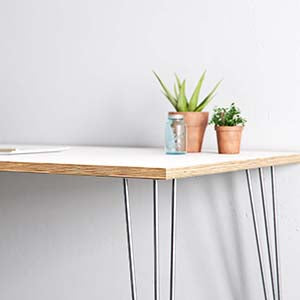
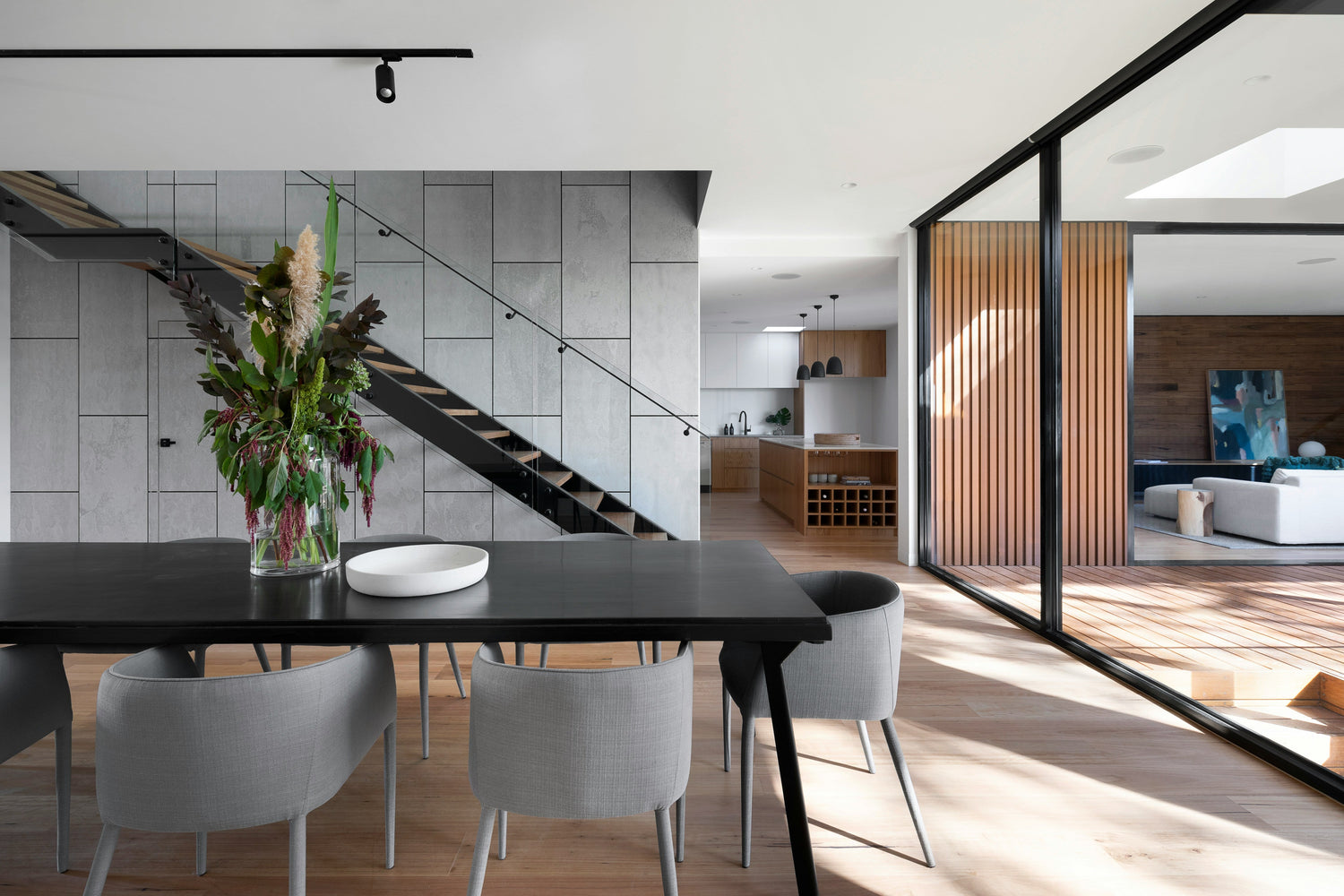

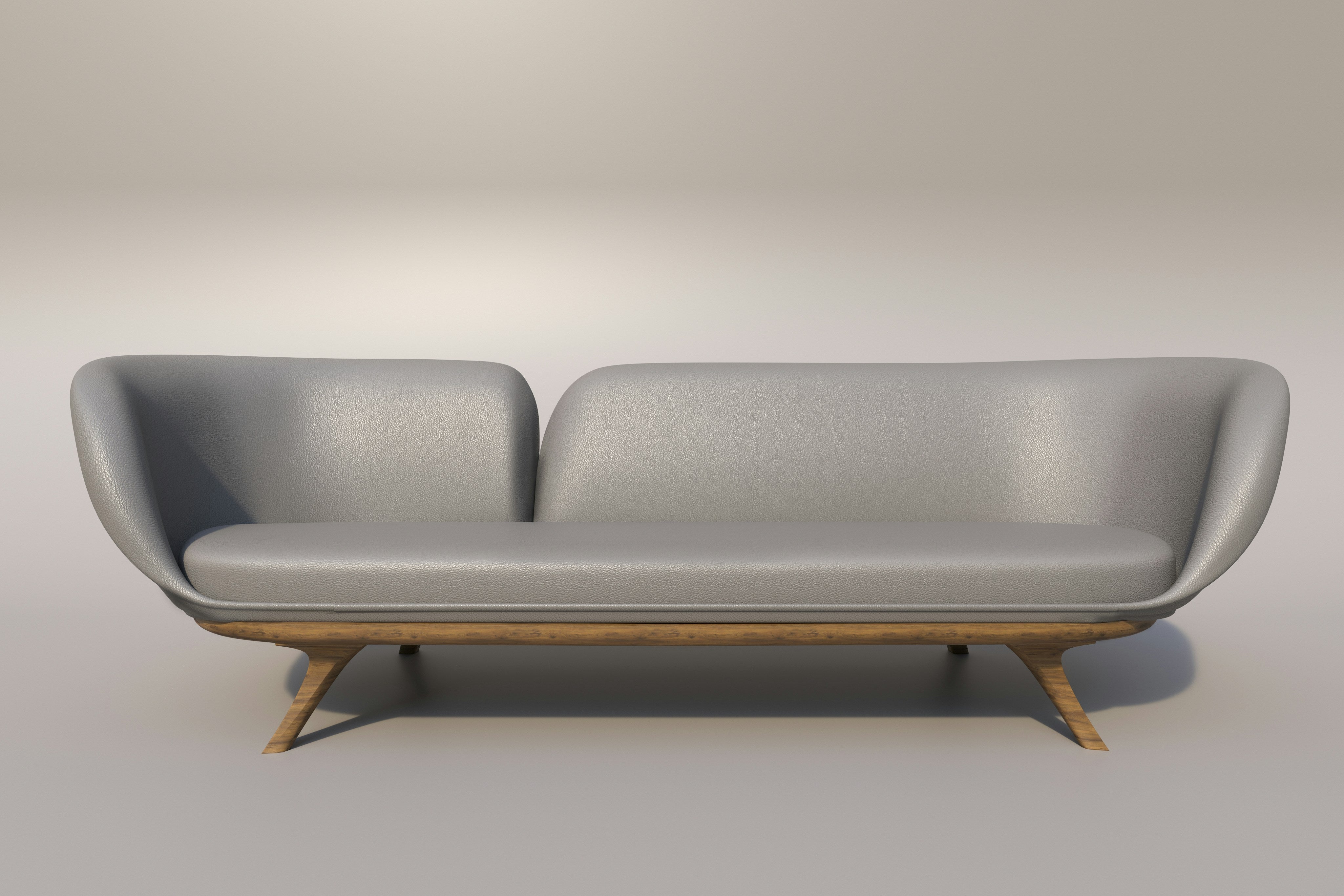
Leave a comment
This site is protected by hCaptcha and the hCaptcha Privacy Policy and Terms of Service apply.